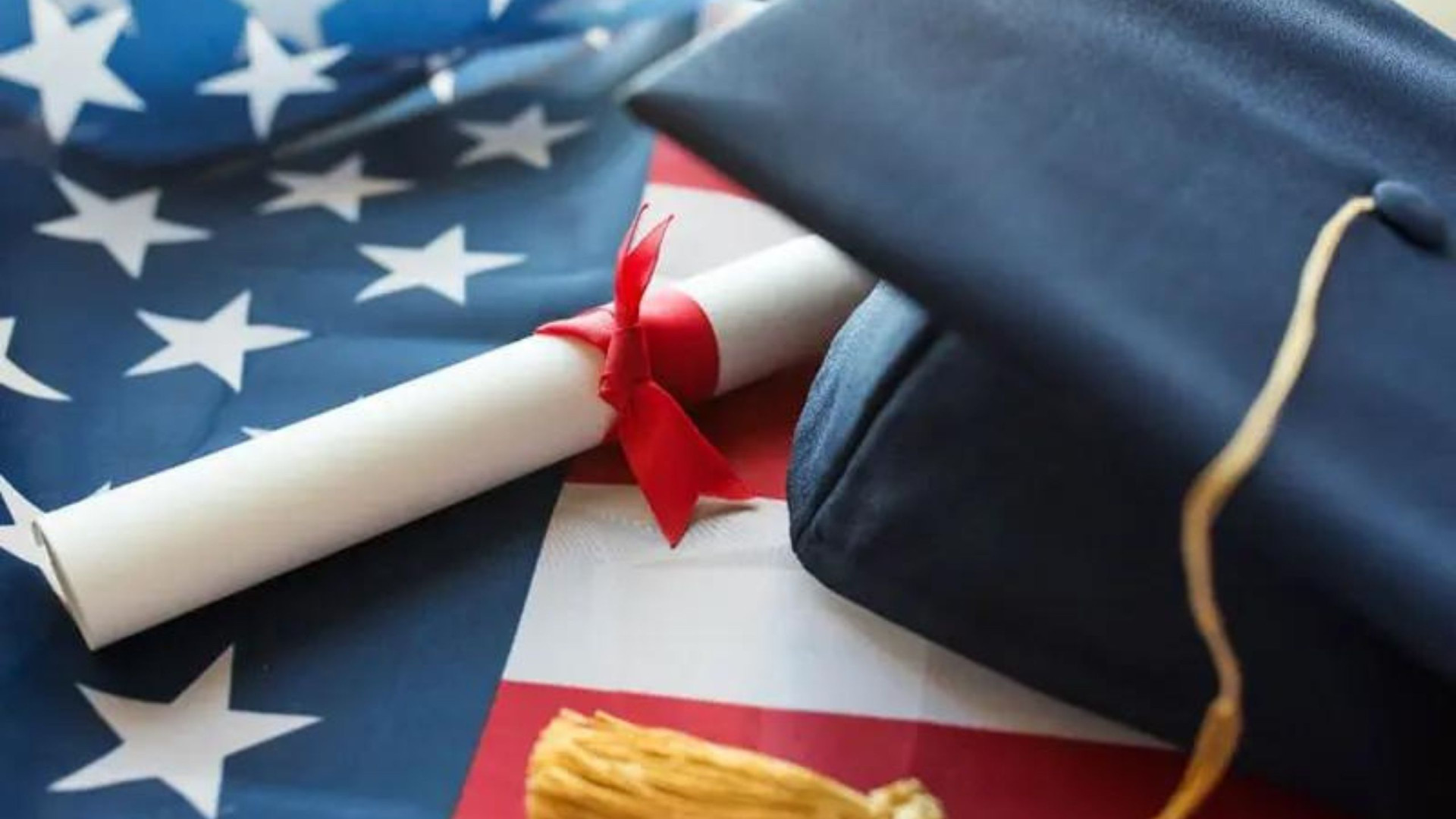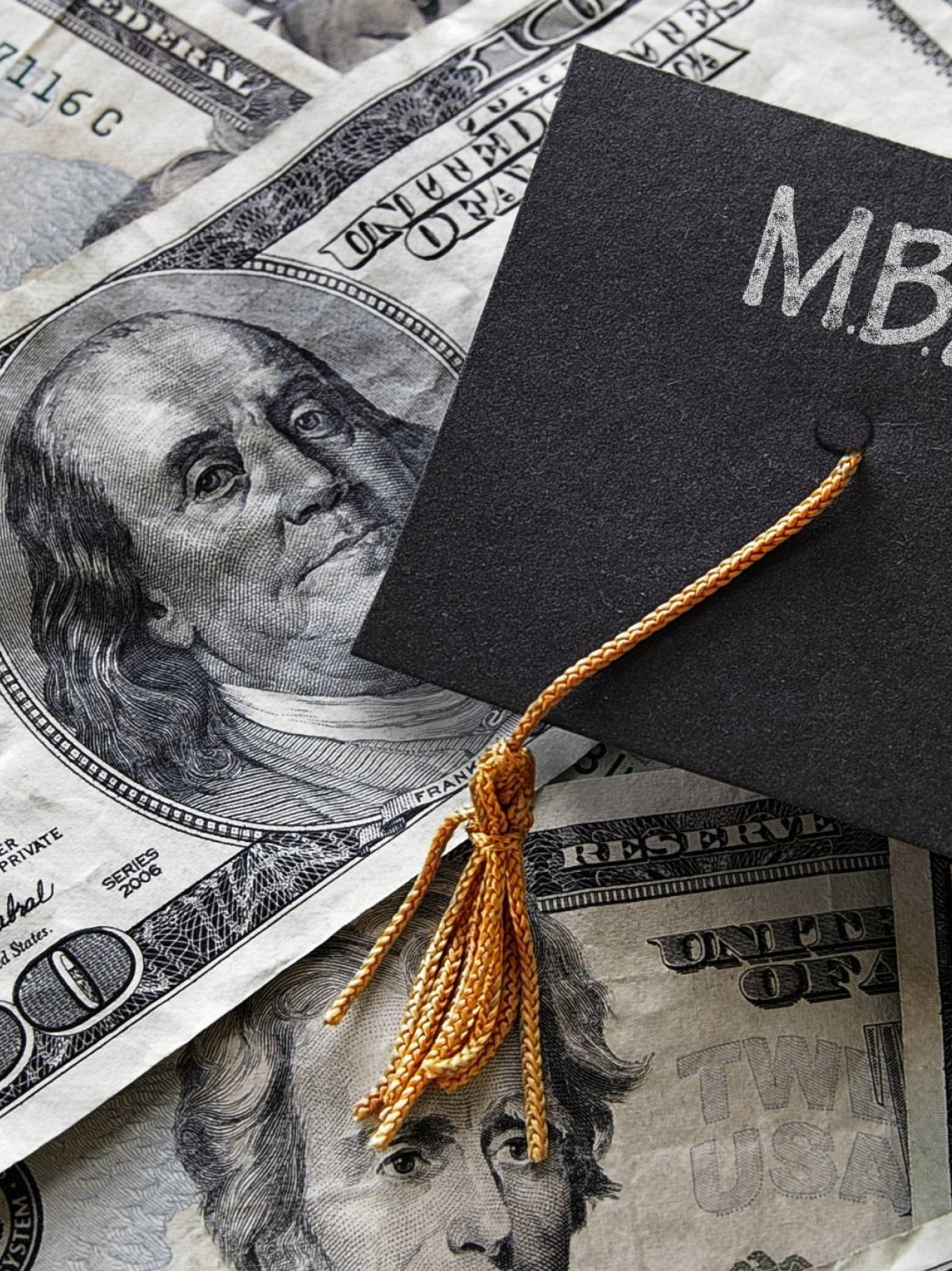Updated on 18.01.2024
When participating in an exchange program or spending a semester abroad in the United States, you will soon come into contact with the term "SEVIS". Below we will answer the most important questions about SEVIS and the SEVIS fee.
Share article:

The Student and Exchange Visitor Information System, SEVIS for short, is a web-based US government database that allows the U.S. Department of Homeland Security (DHS) and the U.S. Department of Labor (DOL) to view the data of F, J, and M visa holders in the United States.
Among other things, SEVIS contains information on the place of residence, the educational institution or host company and the legal status of the visa holder.
On behalf of the U.S. Department of Homeland Security (DHS), the Student and Exchange Visitor Program SEVP, educational institutions and students with a non-immigrant visa in the F-1 (Student), J-1 (Exchange Visitor) or M-1 (Non-academic & Vocational) categories and their dependents. Both the SEVP and the U.S. Department of State use SEVIS to verify and track the following information:
Anyone wishing to visit the USA as an exchange visitor or student will sooner or later ask themselves what the SEVIS number or SEVIS ID is.
Participants in a J-1, F-1 or M-1 program must be registered in the SEVIS system by their visa sponsor or their respective educational institution before the DS-2019 or I-20 form can be issued through the SEVIS system. Each of these forms is assigned a number upon issuance that SEVIS Number or SEVIS ID.
The SEVIS number can be found at the top of the application form:
All applicants applying for an F-1 (Student), J-1 (Exchange Visitor) or M-1 (Non-academic & Vocational) visa are required to pay, in addition to the visa application fee, the SEVIS fee to pay. This special application fee for international students is officially called I-901 Student and Exchange Visitor Information System (SEVIS) Fee and serves, among other things, to finance the program office and the web-based SEVIS database.
Applicants who make this payment not are generally not granted access to the US consulate. If the absence of the I-901 SEVIS fee payment receipt only becomes apparent during the appointment at the US consulate, the visa application cannot be finally processed and the applicant must appear in person again. It is generally not possible to simply submit the I-901 SEVIS fee payment receipt at a later date.
The SEVIS fee is not to be confused with the consular visa application feewhich must be paid in addition to the SEVIS fee at the US consulate before the appointment.

The amount of the SEVIS fee varies depending on the visa category and was last increased on June 24, 2019.
| Visa category | SEVIS fee (as of 2024) |
| J-1 category Government Visitor | 0 $ |
| J-1 categories Au Pair, Camp Counselor and Summer Work Travel | 35 $ |
| Other J-1 categories (Intern, Trainee, etc.) | 220 $ |
| F-1 (Study) | 350 $ |
| M-1 (Non-academic & Vocational) | 350 $ |
All educational institutions in the United States that accept students with F and / or M nonimmigrant status must be certified by the Student and Exchange Visitor Program (SEVP) for a fee.
| Type of certification | Fairy (as of 2024) |
| Schools with initial SEVP certification |
|
| Schools that are already SEVP-certified |
|

The SEVIS fee can only be paid after the DS-2019 or I-20 form has been issued using the SEVIS number or SEVIS ID.
Once payment has been made online at www.fmjfee.com, applicants can print out the I-901 payment receipt, which they must bring with them to their interview appointment at the U.S. Consulate.
Payment of the SEVIS fee must be made prior to the appointment and cannot be made directly at the US embassy or at a US consulate. The I-901 proof of payment is mandatory for the issuance of an F, J and M visa.
The Student and Exchange Visitor Program (SEVP) publishes an annual report on current figures and developments in the area of F visas and M visas named SEVIS by the Numbers.
In 2022, more than 1.3 million international students studied abroad in the USA or were enrolled for a semester abroad at an American educational institution. The United States is therefore one of the most popular destinations for students from all over the world. However, exchange programs – such as internships, training and research stays – are also very popular.
The most important and interesting areas are mentioned below.
Most F and M visa holders come from Asia, with China and India being the largest countries of origin.
California, New York, Massachusetts, Texas and Florida hosted the most international students.
The most popular majors among students are STEM subjects (Science, Technology, Engineering, Mathematics), Second Language Learning (e.g. Spanish, Literature, etc.) and business majors (Business Administration, Management, and other related subjects).
Date:
Wir und unsere Partner nutzen Cookies, um personenbezogene Daten wie z.B. Browsing-Daten zu speichern und abzurufen, um z.B. Inhalte und Werbung bereitzustellen und zu personalisieren sowie die Verwendung der Website zu analysieren und das Benutzererlebnis zu verbessern. Sie erfahren mehr über die Zwecke, für welche wir und unsere Partner Cookies einsetzen, wenn Sie unten auf den Button „Cookie Einstellungen“ klicken. Hier können sämtliche Einstellungen auch geändert werden. Nachträglich kann man jederzeit seine Cookie-Auswahl überdenken oder seine Einwilligung widerrufen, indem man auf den Link zu den Cookie-Einstellungen im Footer unserer Webseite klickt. Beachten Sie bitte, dass das Blockieren einiger Cookie-Typen unsere Möglichkeiten zur Bereitstellung von auf Ihre Interessen zugeschnittenen Inhalten haben kann oder einige Funktionen der Webseite nur eingeschränkt zur Verfügung stehen.
Durch klicken auf “Alle Cookies akzeptieren” stimmen Sie unserer Nutzung und der Weitergabe Ihrer Daten an unsere Partner zu.